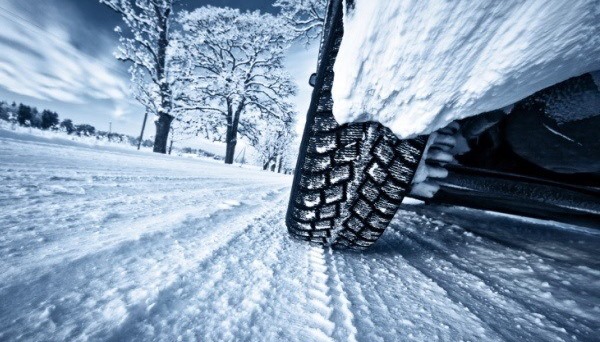 Winter is a tough time to be a driver.
Winter is a tough time to be a driver.
Snow and ice are responsible for around 540,000 accidents and 140,000 injuries every year, according to a U.S. Department of Transportation survey of 10 years of weather-related accident statistics.
“[Winter driving] can be a challenge for people who aren’t prepared for it,” says Kurt Spitzner, operations manager of the Bridgestone Winter Driving School in Steamboat Springs, Colorado. “You need the right tools for the job.”
With that in mind, here are six ways you can avoid a winter fender bender, courtesy of Spitzner and Bridgestone.
Be prepared for the worst
Snow, ice and freezing rain can turn a short trip to the in-laws into a day-long odyssey. So before you hit the road, be ready for the worst. Make sure you bring along warm jackets, winter boots, hats and gloves. Your car should also be stocked with a shovel, flashlight (with extra batteries), tow strap and jumper cables.
Put winter tires on your car
In snow and ice, traction is key. And nothing grips the road better in cold temperatures than winter tires. They give you more control and help you stop your car much faster than their all-season counterparts, which can be the difference between a near miss and an expensive collision.
Keep your eyes peeled
About 80 percent of collisions could be prevented if drivers had an extra second to react to a difficult situation, according to Spitzner. So don’t fall into the habit of staring at your hood. Look as far down the road as possible and try to spot potential hazards—such as a car on the shoulder or a wayward moose—before they become a problem.
Don’t rely on four-wheel drive
Many people think that if they have four-wheel drive, they’re in the clear. But that’s not necessarily true. While the system can provide you with more traction on snow and ice, it doesn’t give you more braking power and cornering can still be tricky. So take it easy on slippery surfaces and don’t rely exclusively on four-wheel drive to get you out of a sticky situation.
Keep a “safety bubble” around your car
It takes up to 10 times longer to stop on snow and ice than it does on dry pavement, says Spitzner, so stay far behind the car in front of you. If someone is on your tail, safely change lanes and let them pass. You don’t want to fall victim to another driver’s mistake.
Read the terrain like a rally car driver
Ice is a winter driver’s worst enemy, so try to identify slippery patches before you hit them. Ice often lurks in the shadows of trees, buildings and billboards. It also forms quickly on bridges and overpasses, so tread carefully when approaching those structures.
Driving is a privilege that comes with an important set of responsibilities. Help your teen prepare for the road with our free resources at geicoteendriving.com.

Leave a Reply